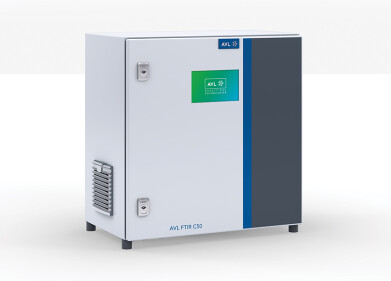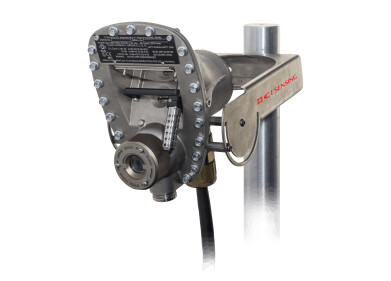Air Monitoring
How Much Do Household Products Contribute to Air Pollution?
Mar 09 2018
Installing solar panels on your roof, buying an electric vehicle (EV) or, better yet, leaving the car at home entirely and walking, cycling or catching the bus to work might all seem like sensible suggestions when it comes to cutting air pollution… and they most certainly are.
However, a new study has found that a whole range of household products, including cleaning supplies, personal care products and paint, release as many contaminants into the air as passenger vehicles, despite being used considerably less.
Ecology begins at home
The growing market for continuous emissions monitoring systems (CEMS) - even in the developing world – means that we are now more aware than ever of the quality of the air we breathe. According to the World Health Organisation (WHO), over 90% of the Earth’s populace are exposed to unsafe levels of pollution on a daily basis, but a new study suggests more of this contamination may be caused by household products than previously thought.
The new study, published in the journal Science last month, concentrated its efforts on volatile organic compounds (VOCs), which are released through the combustion of motor fuel and from a myriad household products, such as bleach, soap, paint, deodorant and air fresheners. As well as being dangerous to humans when inhaled, VOCs also interact with other gases in the air to create ozone and particulate matter. This transformation makes them even more dangerous than before.
An outsized effect
The research team analysed air samples in the Pasadena Valley near Los Angeles over a six-week period, intentionally choosing this spot because of its notoriety as a smog stronghold. Cross-referencing this data with other research conducted on indoor air pollution (itself a topic of increasing concern), the researchers were able to pinpoint the sources of the VOCs in the LA air.
They found that household products such as perfume, hand sanitizer, glue and cleaning sprays only accounted for 4% of consumer use, compared to 47% of petrol consumption and 8% of diesel consumption. Despite this, the household products contributed 38% of the VOCs in the air, while the fossil fuels associated with powering vehicles were only responsible for a mere 32% of emissions. Clearly, the cleaning products have a disproportionate effect based on their use.
A positive sign?
Despite the alarming news that everyday products contribute a significant amount of contamination to our atmosphere, the researchers have taken a largely positive interpretation of the results. The fact that vehicle exhaust fumes are now on a par with such items should be viewed as a successful symptom of measures introduced to improve air quality and reduce transport-related pollution.
On the other hand, the study does demonstrate that we should be mindful of the chemicals we are using inside our homes. After all, if these VOCs are in such abundance in the wider atmosphere, imagine how concentrated they must be inside a house.
Digital Edition
AET 28.2 April/May 2024
May 2024
Business News - Teledyne Marine expands with the acquisition of Valeport - Signal partners with gas analysis experts in Korea Air Monitoring - Continuous Fine Particulate Emission Monitor...
View all digital editions
Events
Jul 10 2024 Birmingham, UK
Jul 21 2024 Cape Town, South Africa
Australasian Waste & Recycling Expo
Jul 24 2024 Sydney, Australia
Jul 30 2024 Jakarta, Indonesia
China Energy Summit & Exhibition
Jul 31 2024 Beijing, China


















